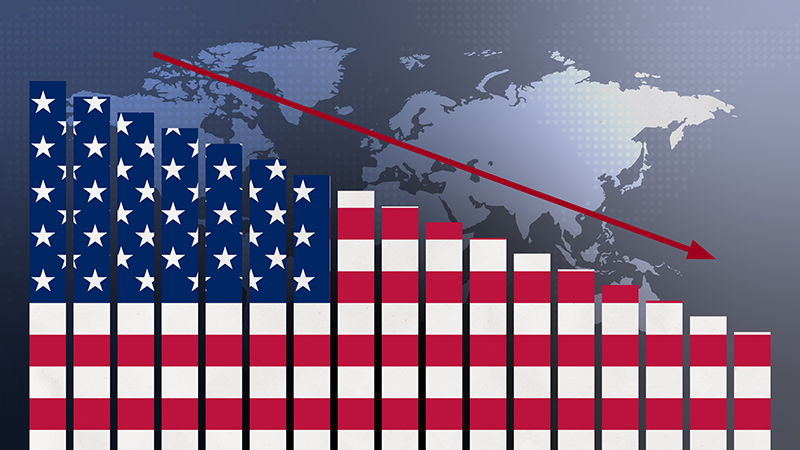Credit rating agency Moody’s downgraded US debt from Aaa to Aa1 over the weekend, in response to concerns over rising debt.
The move sees US debt’s rating fall below countries such as Australia, Germany and Switzerland who all hold a AAA rating.
“The rating change did not come as a major surprise,” said Janus Henderson Portfolio Managers John Lloyd and Greg Wilensky.
Moody’s is the last of the three major ratings agencies to downgrade the world’s largest issuer of debt, with S&P Global and Fitch taking similar action in 2011 and 2023, respectively.
Implications
Equity markets opened down on Monday in response to the news, though the S&P 500 finished the day marginally up. Meanwhile, the yield on 30-year Treasuries hit their highest level since 2023.
For fixed income markets, the Janus Henderson portfolio managers said the clear takeaway is that there are “several balls up in the air right now”, creating conflicting dynamics that are impacting Treasury yields.
“As we would expect, the uncertainties are manifesting themselves to a greater extent at the long end of the yield curve.
“In our view, however, the short end of the yield curve presents an entirely different prospect. The forces impacting shorter-term yields are skewed more one-directionally, with potentially falling yields acting as a ballast for investors.”
“If the economy or labour market weakens materially, the Fed has room to aggressively cut policy rates. In such a scenario, we think longer-term inflation expectations would likely remain well anchored (even if tariffs drive up prices in the short run), which would allow the Fed to be more accommodative.”
See also: High GDP growth exceeds expectations, but experts warn of slowdown
They added that investors may begin to look at non-US issuers to combat the uncertainty.
Matthew Amis, investment director at Aberdeen, added the more pertinent question for markets is whether the US has an administration which is willing to make the tough decisions to begin the “arduous process” of balancing the books.
“With the dis-escalation in the trade-war, tariffs are not going to be the great revenue raiser,” he said.
“In addition, this weekend’s developments on Trump’s ‘big, beautiful’ tax bill suggest US debt is going one way and it’s not in the direction markets want.
See also: Columbia Threadneedle to launch four-portfolio active ETF range
“The US has enjoyed a luxurious position over recent years. So called bond vigilantes have allowed deficits to balloon without the US treasury market coming under too much pressure. The treasury moves over April showed that the period of US exceptionalism is weakening.
“What the final US tax bill looks like is still yet to be decided. The bill in its current form still has considerable opposition within the Republican party. But what is for sure, markets are watching and will be ready to react to any material increase in US debt.”
This story was written by our sister title, Portfolio Adviser








